El Salvador Wula Mountain Coffee Manor introduces the flavor characteristics of El Salvador honey-treated coffee
Professional coffee knowledge exchange more coffee bean information please follow the coffee workshop (Wechat official account cafe_style)
El Salvador, known as the "land of volcanoes", the smallest country in Central America, has a reputation beyond life in specialty coffee-growing areas. It is conceivable that the quality of beans from here will not be too bad!
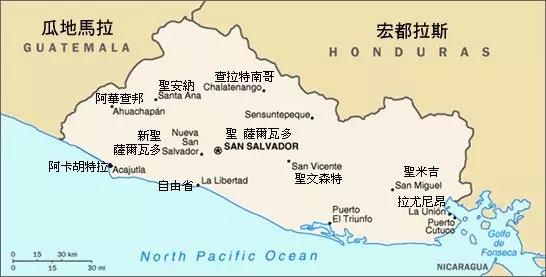
Although coffee was grown mainly for domestic consumption, it became a stable and important crop over the next 100 years, especially in the late 19th century, when the country's indigo exports were developed by synthetic dyes and were widely marketable.
By the late 1970s, coffee exports accounted for 50 per cent of GDP, but socio-economic and political unrest plunged the country into civil war for more than a decade, while in the 1980s, various land redistribution projects and land reforms disjointed the coffee industry. led to a decline in the market. Producers abandoned their coffee farms because of a lack of resources to continue farming, and many had been overgrown and unharvested for years before a peace agreement was reached in the 1990s.
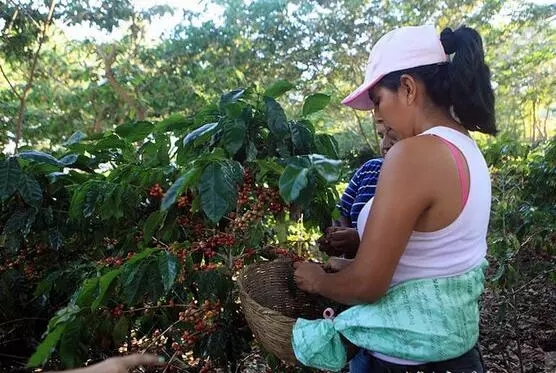
El Salvador is mainly divided into five main producing areas, namely Apaneca, Central Belt, Chichontepec, Tecapa & Cacahuatique Mountain Range, which are roughly distributed on alpine slopes or plateau areas covered with volcanic ash above 1200 meters above sea level. Most of them grow coffee by "shade" (planting Shade Grown in the shade of trees). The advantages of this method are that coffee beans can mature uniformly, honey mucus content increases, weight is high, and sweet polyphenols are more likely to be formed. Let the main ingredients of coffee beans be fully formed. For coffee trees with too much sunshine, the edges of the leaves will be rolled up, causing water loss, which is not conducive to photosynthesis, reduce carbon dioxide absorption, and reduce the combination of sugar.
Apaneca
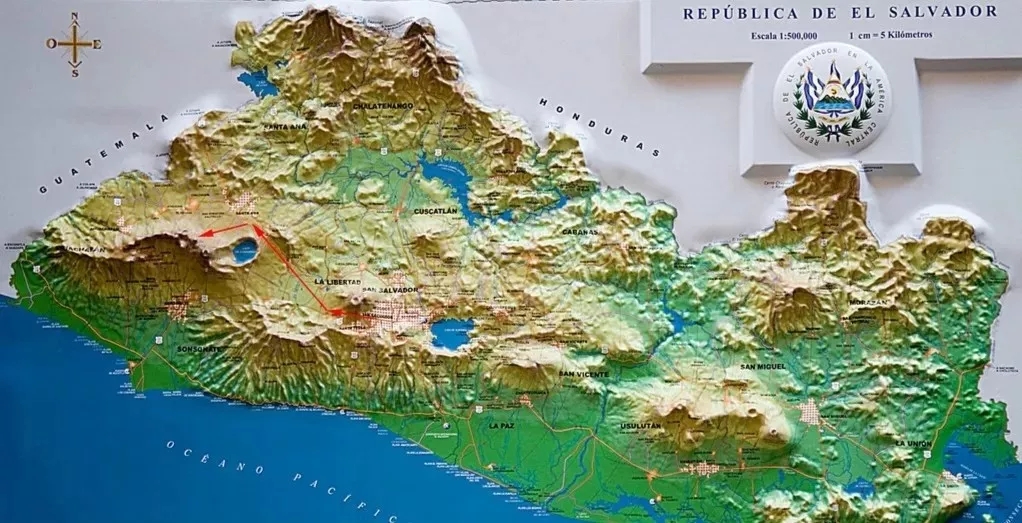
This is the largest producing area in El Salvador, and although there is frequent volcanic activity in the Apaneca-Ilamatepec Mountains, it does not affect the production of high-quality coffee.
There are four volcanoes, mainly Santa Ana (also known as Ilamatepec), while coffee is grown on the slopes on both sides of the mountains. It suffered ash from the Santa Ana volcano in 2005, and the next two years had a great impact on the area, with most coffee farms suspended for two years.
Monte Urales
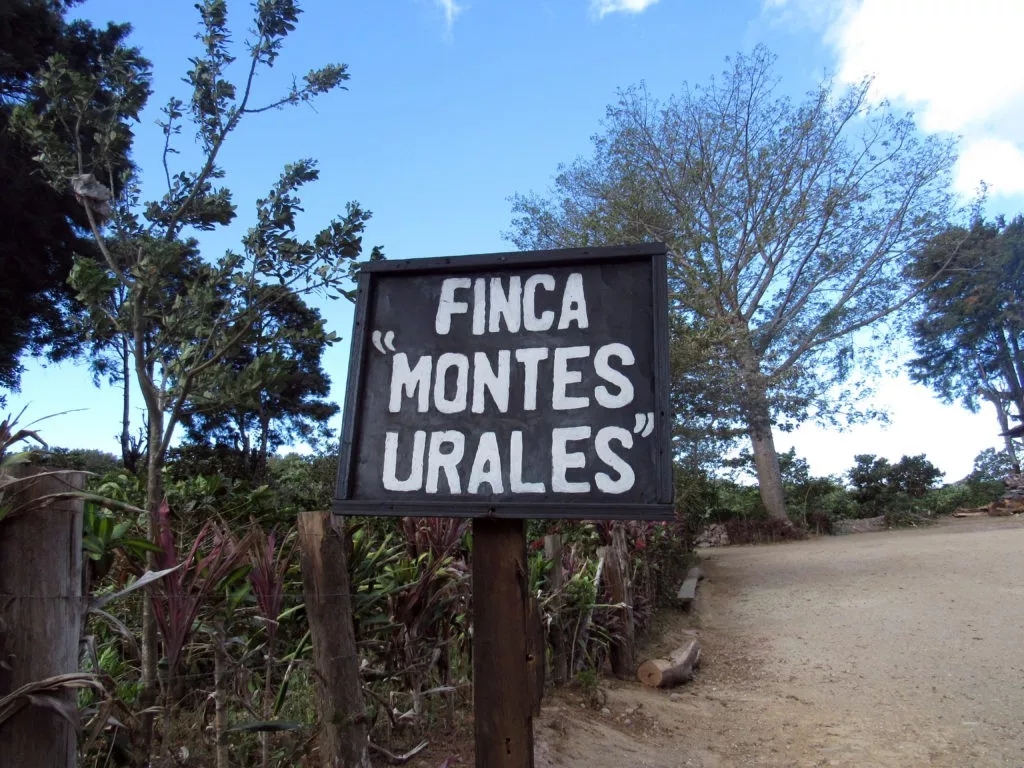
Finca Monte Urales (named for the high altitude of the farm in the Ural Mountains of Russia) has joined the family since 1969. Coralia Smith de Ramirez, the daughter of an Englishman who emigrated to El Salvador and married a local boy, bought the farm as a huge investment in the future. When she died, she left the farm to her son: today, the farm is managed by him and his grandson.
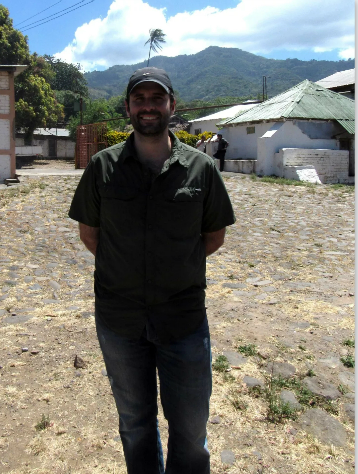
Finca Monte Urales is located in the center of El Salvador's main "forest protection road", which is part of the Central American biological corridor system, stretching from Mexico to Panama. In El Salvador, more than 80% of the country's coffee is produced in the shade of trees, and the ecosystem is mainly built in coffee forests. For this reason, coffee farms such as Urales play a vital role in hundreds of species of migratory and native birds found in this part of the world.
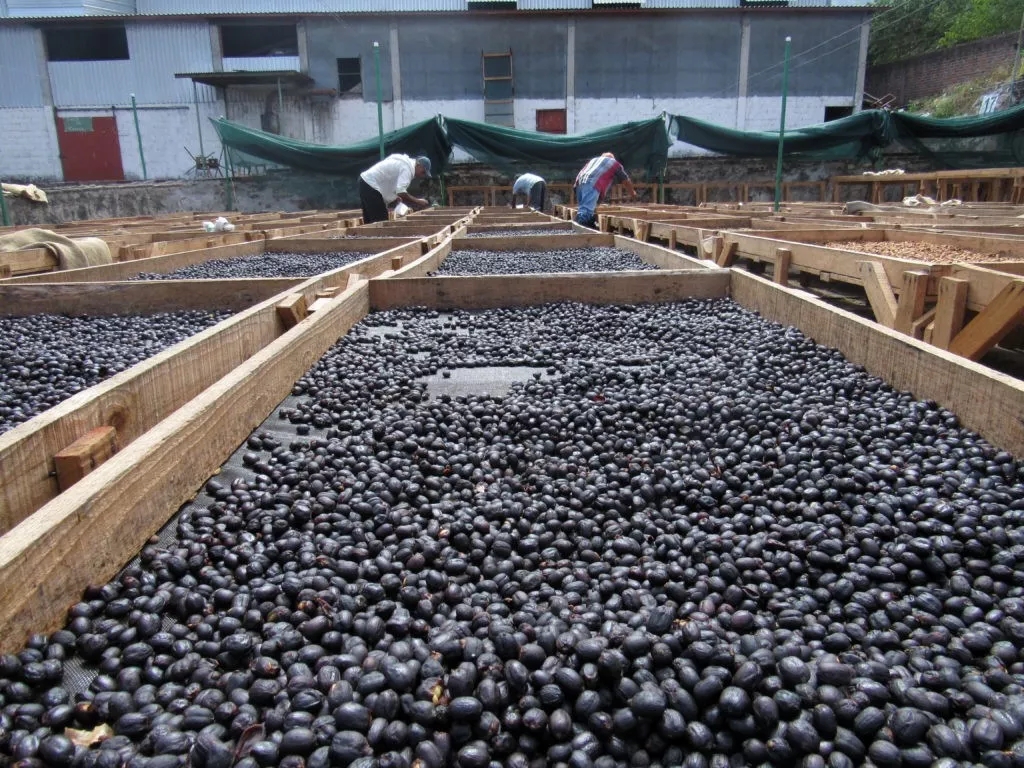
Finca Monte Urales is a well-run professional manor with strict management, attention to detail and the latest agronomic practices. Finca Monte Urales employs several long-term workers to help them with their year-round work-and Rolando is in charge. Fertilizer is applied four times a year, always with reference to soil and foliar analysis. Most importantly, environmental management is the most important to the farm. Urales' coffee is grown in 100% shade to protect wildlife and help mitigate the effects of global warming. In order to prevent soil erosion, the farm recently launched an extensive "micro-terrace" program, which is a very important step in this steep rural area. The protection of water resources has also attracted much attention, and farms have taken measures to protect local aquifers.
Similarly, people are also very careful about the harvest. At the peak of the harvest season, temporary workers are called in to help. Coffee is picked manually, and only the most ripe cherries are picked. Once enough coffee is collected, it is sent to the "La Labor" washing plant in San Antonio, or Carlo's own washing plant in Avachapan.
Treatment method
| | Honey treatment |
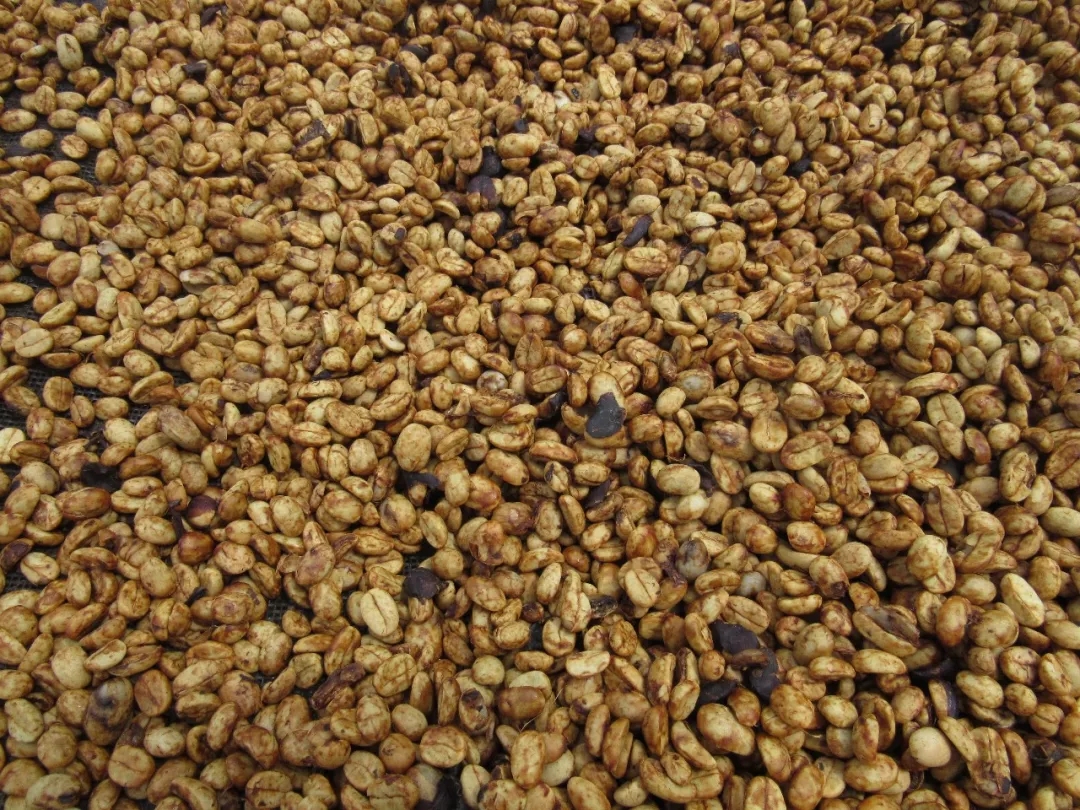
Honey treatment, called Honey Process or Miel Process, after hearing the name honey treatment, many people will think that this is a process of processing with honey, or processed coffee will have a honey flavor, in fact, honey treatment is the method of peeling off the pulp and drying the fruit with endocarp. Because in the process of drying, the water of the gel on the surface of the core will evaporate, so it becomes as sticky as honey, hence the name.
Raw bean analysis
| | bourbon |
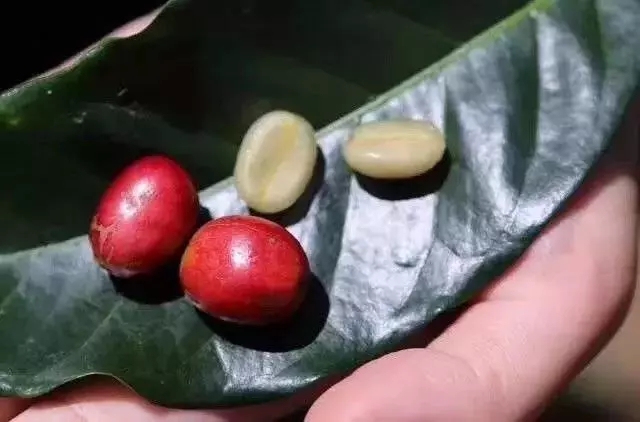
Bourbon, the second species caused by the Typica mutation, is the oldest coffee variety in existence, and the green fruit appears bright red when it is ripe. Compared with the tin card species, the bourbon species has wider leaves and denser growth. although the seed setting is higher than the tin card, the harvest time is also 2 years, which is also a variety with less yield, but it has a high-quality taste, like the sour taste of red wine, and the aftertaste is sweet. Coffee bean particles are large in shape, uniform in size, uniform in color and shiny. In order to facilitate harvesting, farmers will trim coffee trees to no more than 150 centimeters.
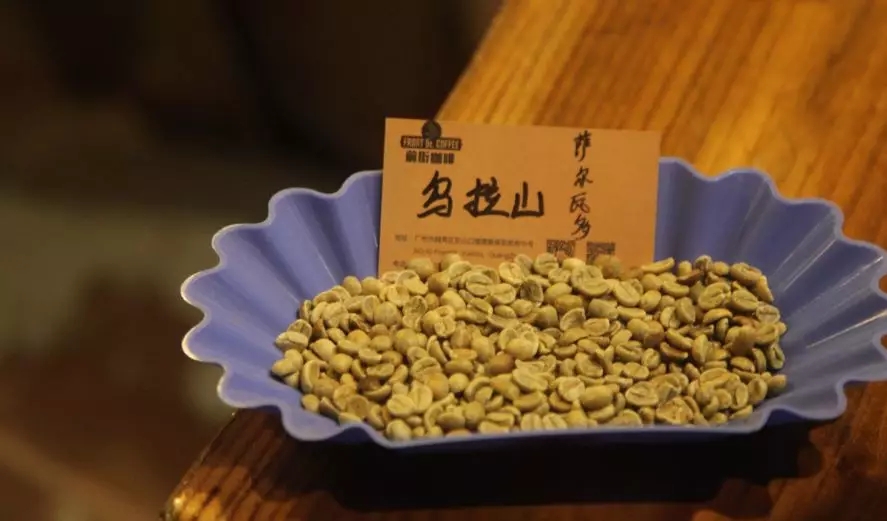
The water content of raw beans is relatively low, SHB grade, general texture, smell has a hint of fermentation aroma.
Baking
We baked three curves respectively:
Curve ①
The yellowing point is 5 minutes and 20 seconds, the explosion point is 8 minutes and 45 seconds, the temperature is 185.1 ℃, and the temperature is 195.5 ℃ after 1 minute and 50 seconds.
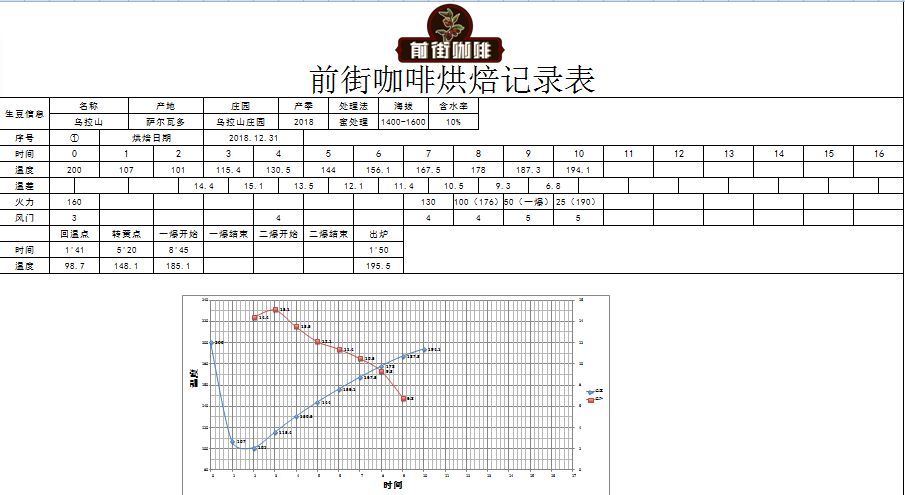
Cup test: the entrance is sour notes of black plum, berries and citrus, with sweet taste of cream and chocolate in the middle, with a nutty finish and obvious fruit juice.
Curve ②
The yellowing point is 5 minutes and 25 seconds, the explosion point is 8 minutes and 50 seconds, the temperature is 185 ℃, the temperature is 2 minutes and 20 seconds after the explosion, the temperature is 199 ℃
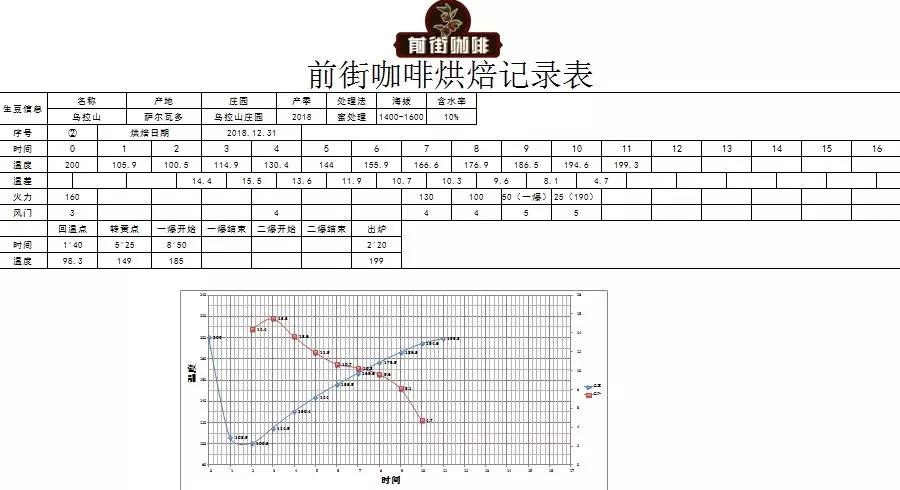
Cup test: the mouth has some sour notes of berries and grapefruit peel, as well as aromas of caramel, dark chocolate and hazelnut, but with average cleanliness.
Curve ③
The yellowing point is 5 minutes 20 seconds, the first explosion point is 8 minutes 42 seconds, the temperature is 185.1 ℃, the temperature is 2 minutes 50 seconds after one explosion, the temperature is 202 ℃
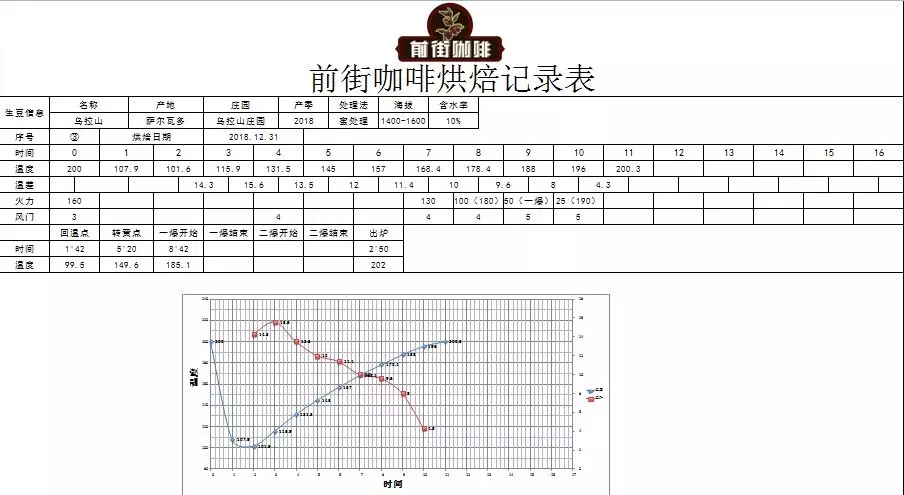
Cup test: the entrance is full-bodied caramel, nuts, toffee, cream flavor, cocoa aftertaste, the only drawback is with an obvious sense of smoke.
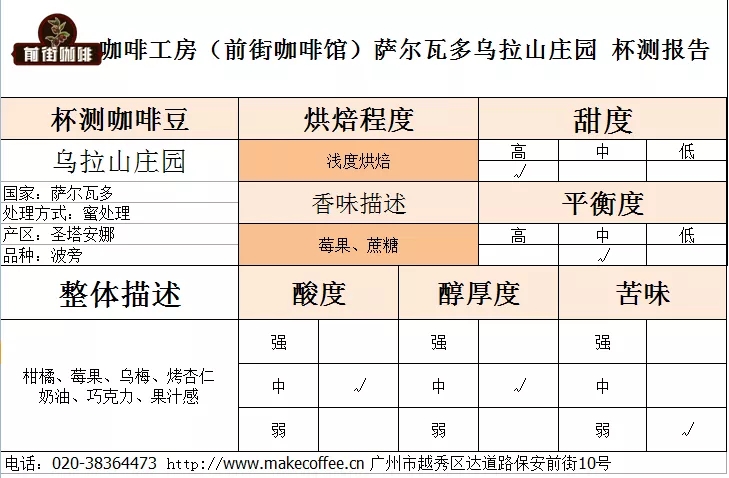
Brewing and cooking
The performance of the ① line for cup timing is better, so we chose the ① line for brewing.
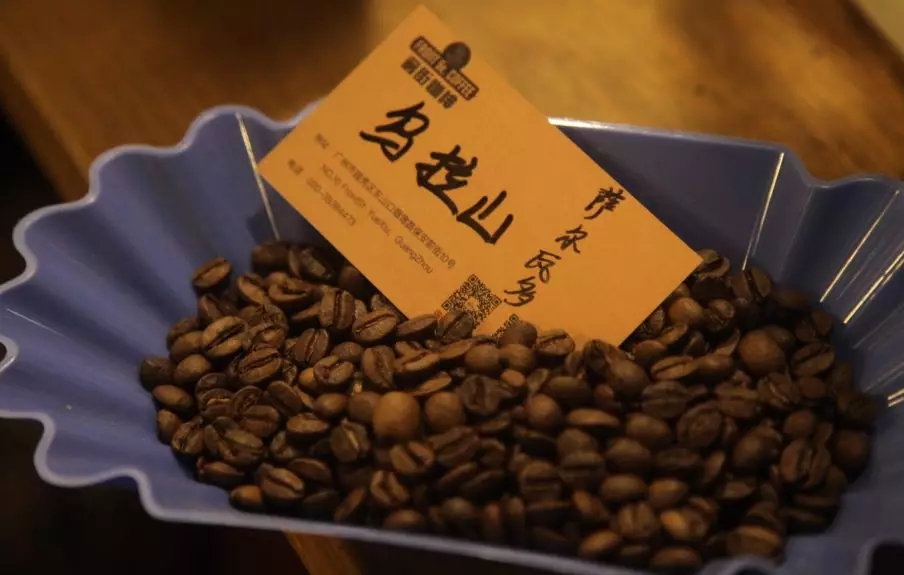
Recommended cooking method: hand flushing
Parameters: V60 beat 1mm 15max 90 ℃ / grindness BG 5R/ cooking time 1x 47 "
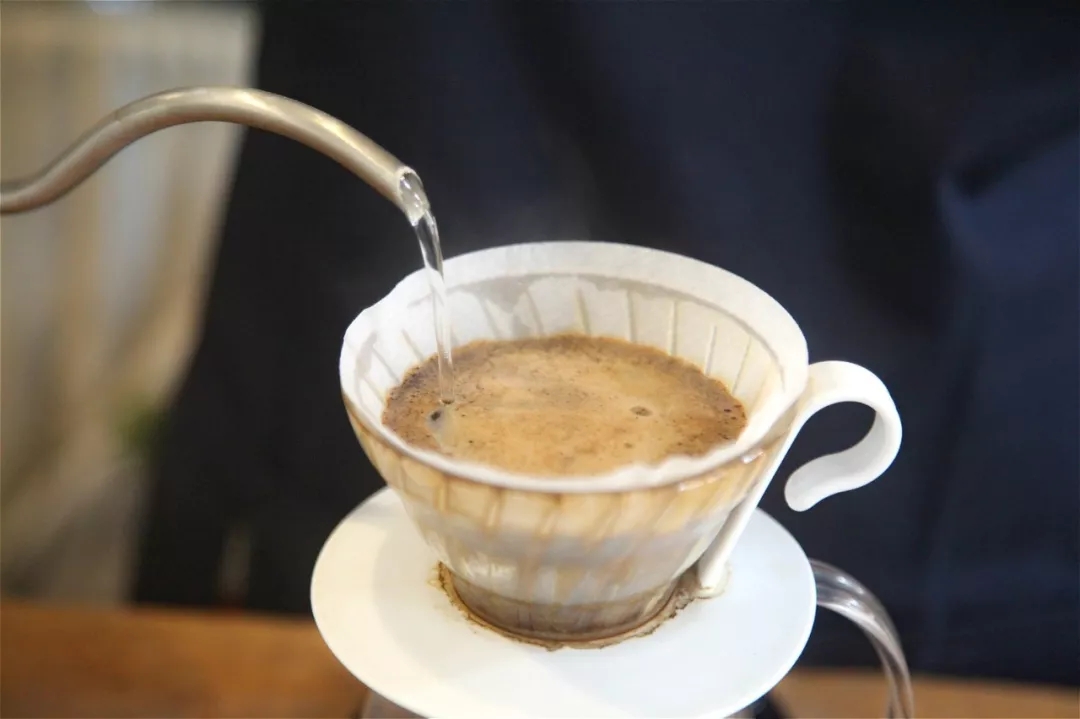
Technique: 26 grams of water steaming for 30 seconds, slow central water injection to 124 grams, water level drop is about to expose the powder bed with a slightly larger water injection, until 230 grams when the end of cooking.
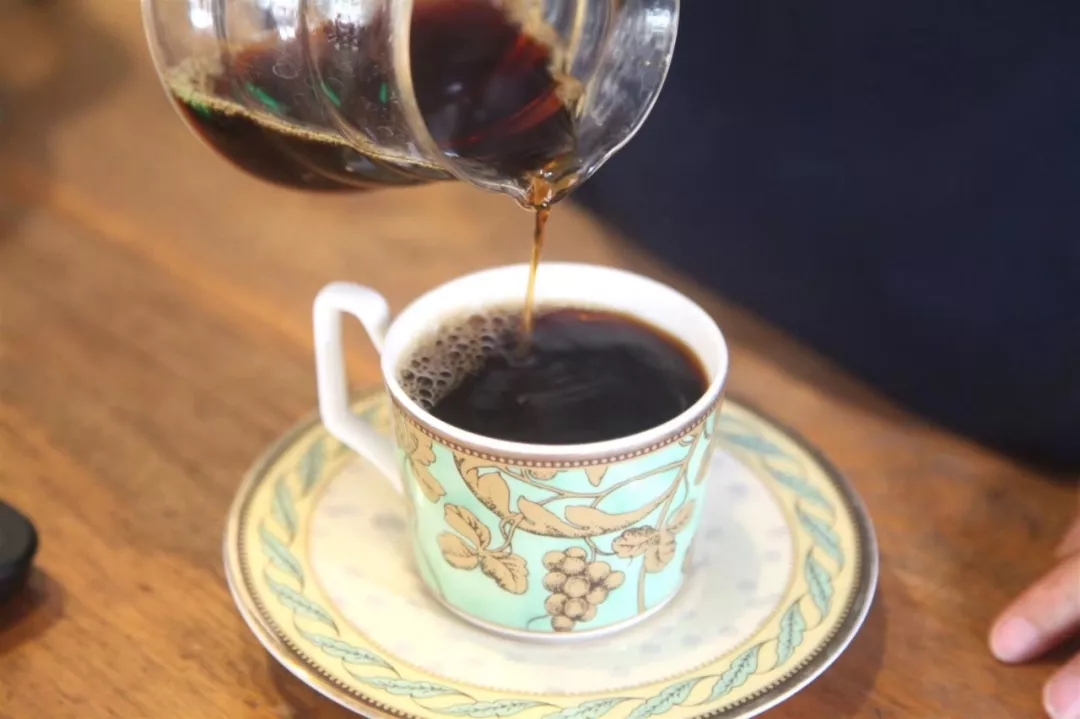
Flavor: imported black plum, grapefruit, citrus acid notes, nuts, chocolate, Xuanmi tea aftertaste, sucrose sweet, obvious juice feeling.
Important Notice :
前街咖啡 FrontStreet Coffee has moved to new addredd:
FrontStreet Coffee Address: 315,Donghua East Road,GuangZhou
Tel:020 38364473
- Prev
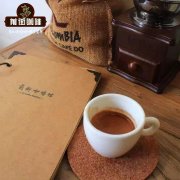
Does Brazilian coffee only have commercial beans? what's so remarkable about Brazilian Minas boutique coffee?
Professional coffee knowledge exchange more coffee bean information please follow the coffee workshop (Wechat official account cafe_style) Brazil Minas Coffee Brazil Minas Cafe Origin: San Hedwini Manor, Minas Minas Santa Edwirges treatment: sun and half-sun treatment baking method: deep-roasted City Roast packaging: half a pound and 2 bags Minah, Brazil
- Next
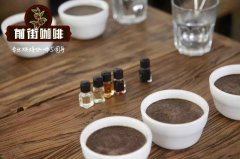
How about the real Blue Mountain Coffee? what's the taste of the real Blue Mountain Coffee? what's the difference in flavor?
Professional coffee knowledge exchange more coffee bean information please follow the coffee workshop (Wechat official account cafe_style) Blue Mountain Coffee (Blue mountain) is probably the most famous single-origin coffee, and has a long history, it can be said that even if you have never tasted boutique coffee, you have heard of Blue Mountain Coffee. Why does it feel strange to apply the pig walking formula? But I think Taiwan really drank blue.
Related
- Detailed explanation of Jadeite planting Land in Panamanian Jadeite Manor introduction to the grading system of Jadeite competitive bidding, Red bid, Green bid and Rose Summer
- Story of Coffee planting in Brenka region of Costa Rica Stonehenge Manor anaerobic heavy honey treatment of flavor mouth
- What's on the barrel of Blue Mountain Coffee beans?
- Can American coffee also pull flowers? How to use hot American style to pull out a good-looking pattern?
- Can you make a cold extract with coffee beans? What is the right proportion for cold-extracted coffee formula?
- Indonesian PWN Gold Mandrine Coffee Origin Features Flavor How to Chong? Mandolin coffee is American.
- A brief introduction to the flavor characteristics of Brazilian yellow bourbon coffee beans
- What is the effect of different water quality on the flavor of cold-extracted coffee? What kind of water is best for brewing coffee?
- Why do you think of Rose Summer whenever you mention Panamanian coffee?
- Introduction to the characteristics of authentic blue mountain coffee bean producing areas? What is the CIB Coffee Authority in Jamaica?

